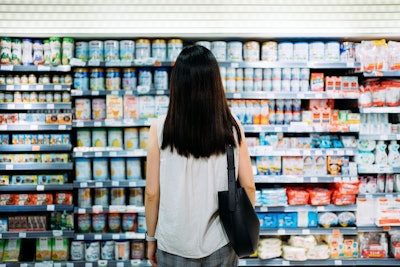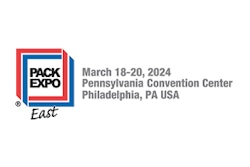Most supermarket food and fast food include some unwelcome substances, according to a Consumer Reports study shared by CBS News.
Consumer Reports researchers found that 99% of sampled supermarket foods and fast foods included phthalates, and 79% included bisphenol A (BPA). The substances were found across food packaging types, regardless of whether products were certified organic.
Phthalates are chemicals added to plastic to increase flexibility, and BPAs are also chemicals used in plastic manufacturing. Studies have linked both chemicals to health issues, the CBS article explains.
Which Foods Contained BPA and Phthalates?
The Consumer Reports study sampled 85 foods to check for 10 phthalates and three BPAs. The tested foods came from several aisles of the supermarket, including fruits, baby food, and meats, as well as fast foods, using various packaging formats.
The largest concentration of phthalates in supermarket food was found in Annie’s Organic Cheesy Ravioli in a can, with 53,579 nanograms of phthalates per serving. The next most concentrated phthalate content was in a can of Del Monte sliced peaches in 100% fruit juice, at 24,928 nanograms of phthalates per serving.
On the fast food side, Wendy’s Crispy Chicken Nuggets in paperboard packaging held the top spot with 33,980 nanograms of total phthalates per serving. That was followed by a Moe’s Southwest Grill chicken burrito in aluminum foil at 24,330 nanograms and a Chipotle chicken burrito in aluminum foil at 20,579 nanograms.
Many products across food types contained lower concentrations. Several foods and beverages, from the McDonald’s Quarter Pounder with Cheese in board packaging to Coca-Cola original in plastic, contained under 10,000 nanograms of phthalates per serving.
The only product that tested negative for phthalates was a can of Polar Seltzer Raspberry Lime.
Phthalates can enter pre-packaged foods in several ways, not just through packaging, CBS cites from the Consumer Reports study.
The chemicals can enter food along the processing line through conveyor belts or even employees’ gloves. They can also enter meat and produce from contaminated water and soil.

























